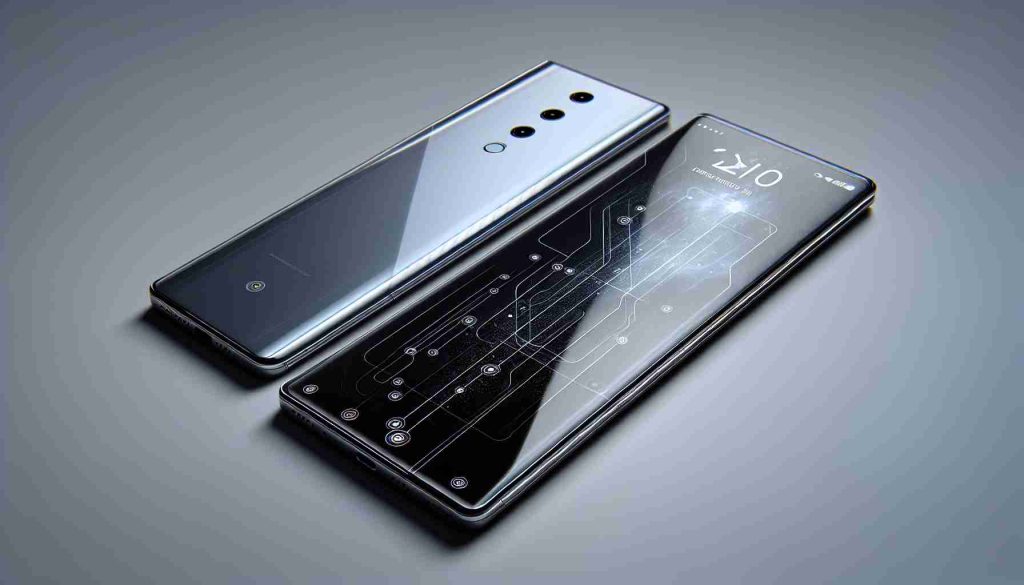Chinese smartphone manufacturers are increasingly challenging the long-standing dominance of Samsung in Southeast Asia. Budget-friendly models priced around $200 are rapidly gaining popularity in the region. A young consumer from the Philippines recently shared his experience with an Infinix phone, praising its performance for gaming despite some dissatisfaction with its camera quality.
In Manila’s bustling shopping malls, there is a noticeable presence of Transsion brands such as Tecno. These devices are priced between 8,000 to over 20,000 pesos and are particularly favored by young adults passionate about gaming. A sales representative noted that the appealing specifications coupled with reasonable prices make Transsion devices highly sought after.
According to recent market analysis, Transsion has captured a significant share of the Philippine market, leading with a 31% share, far surpassing Samsung’s 15%. In Southeast Asia overall, Transsion ranks fifth with 14% market share, showing remarkable growth from its earlier, lesser-known status.
In addition to Transsion, competitors like Oppo are also venturing into Southeast Asian markets. Their new A60 model targets international consumers with an affordable price point but lacks 5G support. Meanwhile, Xiaomi is enhancing its presence with budget-friendly Redmi models.
This competitive landscape has pushed Samsung’s market share down to 18% as it focuses on high-end phones. As other companies expand into premium segments, Samsung aims to maintain its stronghold by highlighting advanced features of its Galaxy line.
Emerging Forces in Southeast Asia’s Smartphone Market
The smartphone market in Southeast Asia is rapidly evolving, driven by both local and international players responding to the unique demands of the region’s diverse consumer base. As the competition intensifies, several key forces are emerging, shaping the future landscape of smartphone technology and consumer preferences.
What are the driving factors behind the growth of smartphone brands like Transsion and Infinix in Southeast Asia?
The growing middle-class population in Southeast Asia is one of the main economic drivers behind the success of these brands. With increasing disposable incomes, consumers are becoming more receptive to affordable smartphones that offer tailored features such as enhanced battery life and gaming capabilities. Additionally, the availability of localized marketing strategies that resonate with younger audiences has also propelled these brands to the forefront.
What is the significance of local manufacturing in the smartphone market?
Local manufacturing, especially by companies like Vivo and Oppo, has played a crucial role in reducing costs and improving the supply chain. This initiative not only shortens the time to market for new devices but also helps in evading tariffs or import taxes, providing manufacturers with a competitive edge. This strategy has further solidified partnerships with local logistics and retail chains, enhancing accessibility for consumers.
What challenges do emerging brands face in Southeast Asia?
Despite their rapid growth, emerging brands are not without challenges. A key issue is the fragmented market where consumer preferences can vary significantly from one country to another. Additionally, quality assurance and after-sales service remain concerns for brands that are scaling quickly. Countering established competitors like Samsung and Apple, which benefit from brand loyalty and recognition, is another major obstacle.
What controversies are associated with data privacy and smartphone usage in the region?
As smartphones become an integral part of daily life, concerns regarding data privacy and security have surged. Many Southeast Asian countries are grappling with regulations on data protection and privacy standards, raising questions about how foreign brands handle user data. Reports of apps collecting sensitive information without proper disclosure have fueled public skepticism, which could impact brand trust.
Advantages and Disadvantages of Emerging Smartphone Brands
Advantages:
1. Cost-Effectiveness: Emerging brands typically offer competitive pricing, making smartphones more accessible to a broader audience.
2. Custom Features: Many emerging manufacturers focus on features that appeal directly to young consumers, such as gaming capabilities, large battery sizes, and attractive designs.
3. Rapid Innovation: These brands often adopt new technology quickly, appealing to tech-savvy consumers looking for the latest features.
Disadvantages:
1. Brand Recognition: Emerging brands often struggle with brand loyalty compared to established names like Samsung and Apple.
2. Quality Perception: Consumers may perceive budget brands as lower quality, which can hinder market penetration in premium segments.
3. Limited After-Sales Support: As these brands are scaling quickly, their after-sales service may not be as robust as that of established manufacturers.
In conclusion, the smartphone market in Southeast Asia is at a critical juncture, with emerging brands like Transsion, Infinix, and others challenging traditional players. The blend of economic growth, tailored product offerings, and local manufacturing is driving change, yet challenges around quality, brand loyalty, and data privacy remain areas to address. For more information on the broader implications of these trends, visit Forbes and TechCrunch.























